Official website nobelprize.org Category of Nobel Prize First awarded 1901 | Reward 8 million SEK Established 1895 | |
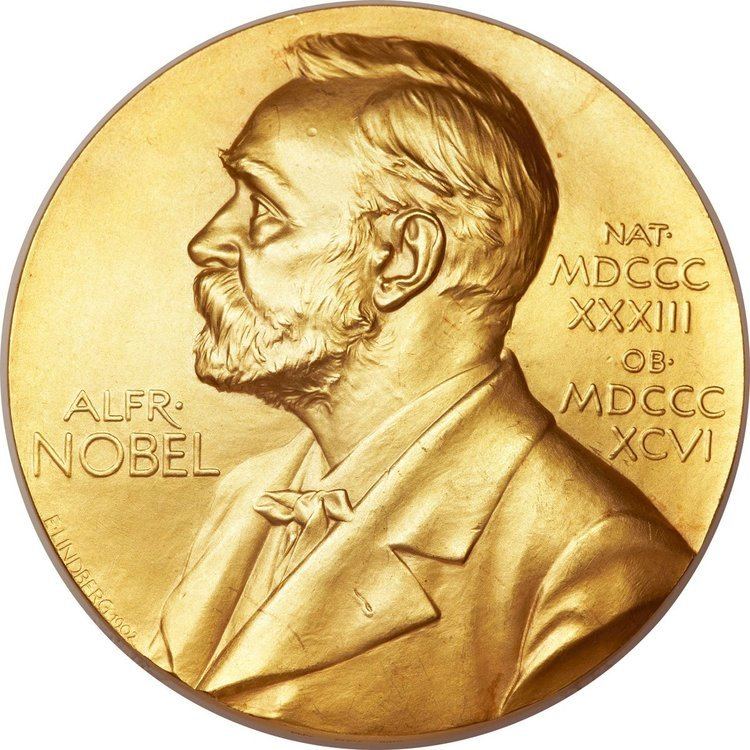 | ||
Date December 10, 1901 (1901-12-10) People also search for | ||
Announcement of the nobel prize in physics 2016
The Nobel Prize in Physics (Swedish: Nobelpriset i fysik) is a yearly award given by the Royal Swedish Academy of Sciences for those who conferred the most outstanding contributions for mankind in the field of physics. It is one of the five Nobel Prizes established by the will of Alfred Nobel in 1895 and awarded since 1901; the others being the Nobel Prize in Chemistry, Nobel Prize in Literature, Nobel Peace Prize, and Nobel Prize in Physiology or Medicine.
Contents
- Announcement of the nobel prize in physics 2016
- The 2016 nobel prize in physics explained
- Background
- Nomination and selection
- Prizes
- Medals
- Diplomas
- Award money
- Ceremony
- References
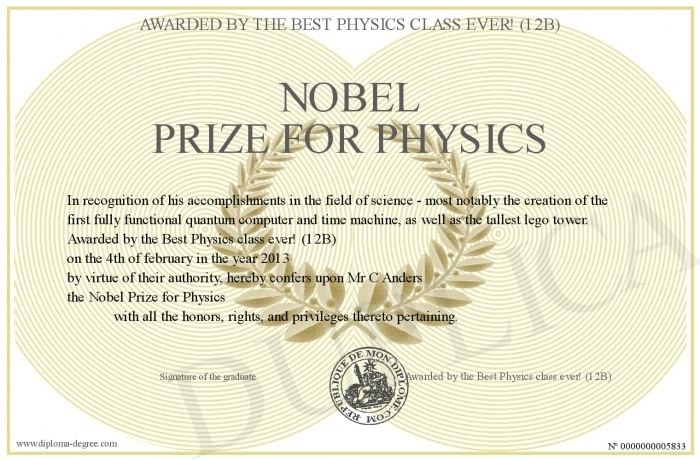
The first Nobel Prize in Physics was awarded to German/Dutch physicist Wilhelm Röntgen in recognition of the extraordinary services he has rendered by the discovery of the remarkable rays (or x-rays). This award is administered by the Nobel Foundation and widely regarded as the most prestigious award that a scientist can receive in physics. It is presented in Stockholm at an annual ceremony on December 10, the anniversary of Nobel's death. Through 2016, a total of 203 individuals have been awarded the prize.
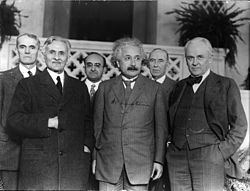
Only two women have won the Nobel Prize in Physics: Maria Goeppert Mayer in 1963 and Marie Curie in 1903.
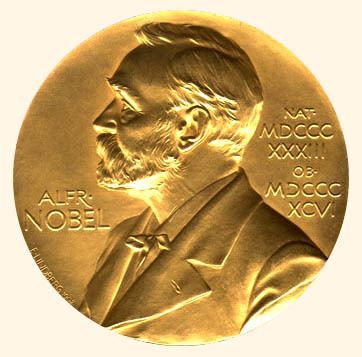
The 2016 nobel prize in physics explained
Background
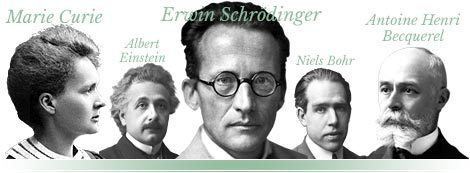
Alfred Nobel, in his last will and testament, stated that his wealth be used to create a series of prizes for those who confer the "greatest benefit on mankind" in the fields of physics, chemistry, peace, physiology or medicine, and literature. Though Nobel wrote several wills during his lifetime, the last one was written a year before he died and was signed at the Swedish-Norwegian Club in Paris on 27 November 1895. Nobel bequeathed 94% of his total assets, 31 million Swedish kronor (US$198 million, Euro€176 million in 2016), to establish and endow the five Nobel Prizes. Due to the level of skepticism surrounding the will, it was not until April 26, 1897 that it was approved by the Storting (Norwegian Parliament). The executors of his will were Ragnar Sohlman and Rudolf Lilljequist, who formed the Nobel Foundation to take care of Nobel's fortune and organise the prizes.
The members of the Norwegian Nobel Committee who were to award the Peace Prize were appointed shortly after the will was approved. The prize-awarding organisations followed: the Karolinska Institutet on June 7, the Swedish Academy on June 9, and the Royal Swedish Academy of Sciences on June 11. The Nobel Foundation then reached an agreement on guidelines for how the Nobel Prize should be awarded. In 1900, the Nobel Foundation's newly created statutes were promulgated by King Oscar II. According to Nobel's will, The Royal Swedish Academy of sciences were to award the Prize in Physics.
Nomination and selection
A maximum of three Nobel laureates and two different works may be selected for the Nobel Prize in Physics. Compared with other Nobel Prizes, the nomination and selection process for the prize in Physics is long and rigorous. This is a key reason why it has grown in importance over the years to become the most important prize in Physics.
The Nobel laureates are selected by the Nobel Committee for Physics, a Nobel Committee that consists of five members elected by The Royal Swedish Academy of Sciences. In the first stage that begins in September, around 3,000 people – selected university professors, Nobel Laureates in Physics and Chemistry, etc. – are sent confidential forms to nominate candidates. The completed nomination forms arrive at the Nobel Committee no later than 31 January of the following year. These nominees are scrutinized and discussed by experts who narrow it to approximately fifteen names. The committee submits a report with recommendations on the final candidates into the Academy, where, in the Physics Class, it is further discussed. The Academy then makes the final selection of the Laureates in Physics through a majority vote.
The names of the nominees are never publicly announced, and neither are they told that they have been considered for the prize. Nomination records are sealed for fifty years. While posthumous nominations are not permitted, awards can be made if the individual died in the months between the decision of the prize committee (typically in October) and the ceremony in December. Prior to 1974, posthumous awards were permitted if the recipient had died after being nominated.
The rules for the Nobel Prize in Physics require that the significance of achievements being recognized has been "tested by time". In practice, it means that the lag between the discovery and the award is typically on the order of 20 years and can be much longer. For example, half of the 1983 Nobel Prize in Physics was awarded to Subrahmanyan Chandrasekhar for his work on stellar structure and evolution that was done during the 1930s. As a downside of this approach, not all scientists live long enough for their work to be recognized. Some important scientific discoveries are never considered for a prize, as the discoverers die by the time the impact of their work is appreciated.
Prizes
A Physics Nobel Prize laureate earns a gold medal, a diploma bearing a citation, and a sum of money. The amount of money awarded depends on the income of the Nobel Foundation that year. If a prize is awarded to more than one laureate, the money is either split evenly among them or, for three laureates, it may be divided into a half and two quarters.
Medals
The Nobel Prize medals, minted by Myntverket in Sweden and the Mint of Norway since 1902, are registered trademarks of the Nobel Foundation. Each medal has an image of Alfred Nobel in left profile on the obverse. The Nobel Prize medals for Physics, Chemistry, Physiology or Medicine, and Literature have identical obverses, showing the image of Alfred Nobel and the years of his birth and death (1833–1896). Nobel's portrait also appears on the obverse of the Nobel Peace Prize medal and the Medal for the Prize in Economics, but with a slightly different design. The image on the reverse of a medal varies according to the institution awarding the prize. The reverse sides of the Nobel Prize medals for Chemistry and Physics share the same design of Nature, as a Goddess, whose veil is held up by the Genius of Science. These medals and the ones for Physiology/Medicine and Literature were designed by Erik Lindberg in 1902.
Diplomas
Nobel laureates receive a diploma directly from the hands of the King of Sweden. Each diploma is uniquely designed by the prize-awarding institutions for the laureate that receives it. The diploma contains a picture and text which states the name of the laureate and normally a citation of why they received the prize.
Award money
The laureate is also given a sum of money when they receive the Nobel Prize in the form of a document confirming the amount awarded; in 2009, the monetary award was 10 million SEK (US$1.4 million). Due to budget cuts, in 2012, the amount for each Nobel prize was 8 million SEK, or US$1.1 million. The amount may differ depending on how much money the Nobel Foundation can award that year. If there are two laureates in a particular category, the award grant is divided equally between the recipients. If there are three, the awarding committee has the option of dividing the grant equally, or awarding one-half to one recipient and one-quarter to each of the others.
Ceremony
The committee and institution serving as the selection board for the prize typically announce the names of the laureates in October. The prize is then awarded at formal ceremonies held annually in Stockholm Concert Hall on 10 December, the anniversary of Nobel's death. The laureates receive a diploma, a medal and a document confirming the prize amount.
